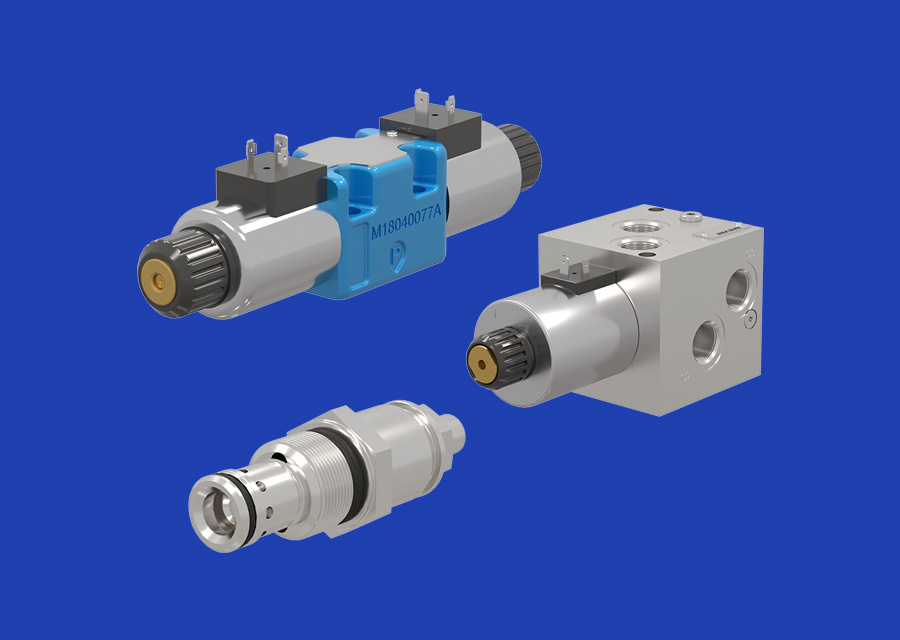Make sure the suction line is free of blockages and has an satisfactory fluid stage. Mechanical Wear: Examine the pump for indicators of wear, including worn bearings or misaligned elements. Change any damaged components. Lubrication: Ensure the hydraulic fluid is of the right type and viscosity. Often check fluid levels and high off as necessary. Cooling System: Inspect the cooling system for blockages or malfunctions. A primary hydraulic pump is the hand pump, which is used for any low energy utility where a chief mover is both too expensive or unavailable. A handpump can be utilized for auxiliary power, similar to to launch hydraulic brakes on a tractor-towed farm implement. Conversely, a handpump can be used as the first hydraulic supply, equivalent to with hydraulic energy tools or on benchtop hydraulic presses. As a result of the ability enter is low (most humans are incapable of attaining more than a tenth of a horsepower for more than a couple of seconds), handpump purposes are very sluggish, though pressure will be 10,000 psi and larger. Most hydraulic pumps have a mechanical input from an inside combustion engine or electric motor. These prime movers input their mechanical power to the hydraulic pump in a rotational style.
Amongst them, the filter element or strainer is the filter medium, which is responsible for intercepting impurities and particles in the oil. There are a lot of forms of filters in hydraulic filtration tanks, including magnetic, sintered, line-gap, and paper-based filters. 1. Magnetic filter: use the adsorption of magnets to take away iron impurities in the oil. The working of a energy pack commences when the pump is initialized with the assistance of an electric motor coupled to it. From the suction line the oil is forced into the pressure line via the pump at 35 bars. There may be provision to measure the strain, with the help of a stress gauge. An isolator is used to measure the stress immediately in any line. When the set of pressure is reached, the fluid strikes to the cylinder present on the fixture (clamp). Learn how to determine and troubleshoot your hydraulic pump in 4 easy steps. Hydraulic pumps are the heart of any industrial or cell hydraulic system. Ensuring their optimum performance is paramount for the efficiency and longevity of one’s equipment. This guide delves deep into widespread hydraulic pump issues, offering detailed troubleshooting steps to assist maintain peak performance.

The change of pressure will drive the liquid throughout the system. This sort of pump produces an enhancement within power by transmitting mechanical power from the electrical motor to the liquid all through the revolving impeller. The circulate of liquid will enter the center of the impeller and exit together with its blades. The centrifugal energy hereby enhances the velocity of fluid & additionally the power like kinetic will be altered to drive. Vertical centrifugal pumps are additionally known as cantilever pumps.
Moreover, HYDAC pumps serve in almost all industries worldwide. The primary sectors of software are industrial hydraulics, cell expertise, and course of expertise. Indeed, in industrial hydraulics we can discover a number of examples of typical software; for example, the steel trade, power plants, paper business and wind energy use the axial piston pumps as a regular drive idea. This results in a reduction in the worth of the pump. However, in comparison with plunger pumps, piston pumps can supply more flow per unit volume occupied by the pump. In contrast to the linear motion of the piston in the reciprocating pump, rotary pumps entice the liquid in a confined house. It’s then forced to the outlet by rotary parts. A regulator screens the tank’s strain and controls when pressure is released and when air is added to the tank. These tanks enable extra management over the pressure inside the tank. What Are Hydraulic Tanks Made from? Hydraulic tanks could be made from several different supplies, every providing totally different advantages relying in your utility or system’s wants.
